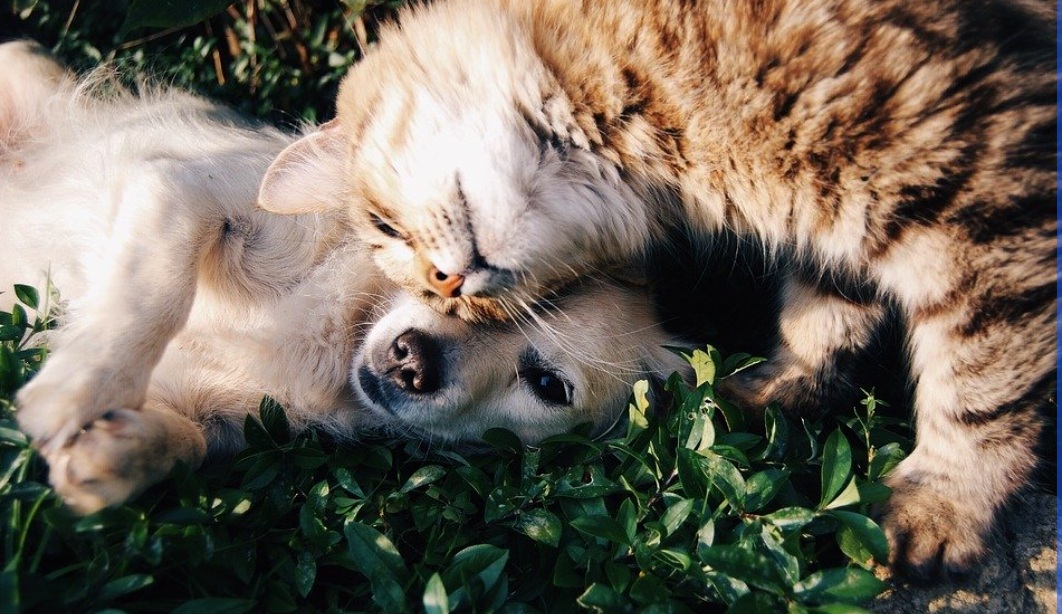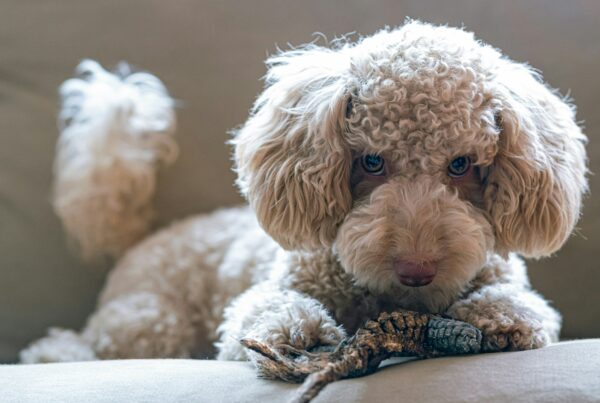The idea of having a pet and enjoying their little mischievous acts and their playful spirits. 95% of the Us population have pets. Pets are our little bundle of joy, and they make our life stress-free. Looking at them playing, getting their purrs, and unconditional love is priceless. Being a pet parent can get you on your toes in the initial days, especially if your pet is a few weeks old. Kittens and puppies are naughty, and training them takes a lot of time. These little beings are unaware of what is good or what is harmful to them. You will find them in every little corner attending to their curiosity, and it can make you run for your life.
People often go for pet adoption, and in rare cases, they pay for the pets. Your local shelter can help you in finding the right buddy for you. Cats and dogs are the most preferred pets by people. Their personalities are pole apart, but in the end, they both are your best friends. Cats spend half of their life grooming and cleaning themselves, while dogs are care-free beings and do not care if their paws are muddy. Often your local breeder can also help you with pet adoptions. Many people are dealing with the pet boarding business, and it is quite booming as the pet owners increasing day by day.
When you travel you may need to put your pet in a boarding facility or to a local pet sitter- so make sure that the pet boarding owner/service provider, has pet boarding insurance to cover for any damage like a dog escaping a kennel or a cat scratching an employee. The pet boarding services can help you with boarding your pet and bring them home with a pick up and drop off service which we highly recommend you check in with them day of pick up that your pet indeed has been picked up! Mistakes happen and it only costs a phone call to double check. They are your fur baby afterall! But once you have brought them home, you will have to take a lot of precautionary actions to keep your pet happy and safe. Here is what you can do to keep them safe.
1. TAKE THEM TO VET
The first thing that shall be on your to-do list while bringing a pet home is to get their health examined. While you will pick your pet, book a slot with a vet and make sure that your pet is healthy. In case they are not in good health, you can get it checked and rule out the diseases or ailment and start their treatment. Your vet can also help you with the protective vaccinations necessary for your pet’s health and immunity. If it is your first pet ever, you can also take notes about their food, quantity, and with what intervals shall you feed it to your pet.
2. KEEP ALL THE JARS AND CHIP, & PLASTIC BAGS AWAY
Kittens and puppies are curious to explore their surroundings. If you have jars that contain chemicals or spices and they are within reach of your pet, time to move them at a height. Chemicals and spices can cause severe damage to your pet’s health. Some substances are poisonous, and it can make them sick in an instant. It is better to close all the jars tightly or move them to a height to keep your pet safe. There have also been rare instances where dogs and cats get their faces stuck in chip bags, plastic bags (with leftovers) or take out containers and suffocate! Avoid this by making sure that access to such items are secure (think secured garbage bags, make sure the fridge is closed, and all cabinets are closed).
3. HIDE ELECTRICAL CORDS
Kittens and puppies like to nibble on everything they come across, including electrical cords. Chewing electrical cables can cause your pet shock, and they might die on the spot. You might have enjoyed the care-free days with all the wires lying around, but with a pet in your house, you need to be extra careful. Hiding the cords or covering them up an extra layer can prevent them, and your pet won’t chew on it to see what is inside.
4. PUT A TAG ON IT!
How will you feel if you lose your pet? You will spend your day worried and looking for your pet all around. To save yourself from the horror of losing your pet, you can put a tag around their neck with your name and address or go for a microchip. In case they get lost exploring the surroundings, anyone can see the tag or scan the chip to know about the owner and contact you. Labeling your dog or cat can save them from getting lost, and even if someone drops them at a shelter, the first thing shelters for such pets is for a label or a chip to contact the owner.
5. TRAIN THEM
Training your pets can be daunting. You will find them running to every corner or new place your pets come across. Training them and letting them know about the o go areas will save you from many troubles. Your pet understands you and whatever you tell them to do. Training kittens and puppies are easy as they are still learning and can adapt to such instructions quickly. This also applies to pad training in puppies and proper litter box habits in cats. If you have an adult pet, you might need to get them to a pet school to teach them things all over again.
CONCLUSION
Pets are part of our family. Just like we would care for our family members and keep them safe, the pet needs protection. Research the things that can be harmful to your pets and remove them if you have them around. If you have a cat and plants, you might need to see if they are toxic to cats as they chew on plants. Similarly, if you see your dog near a bar of chocolate, remove them as soon as possible because chocolate can make your dog sick.
Image credit: Image Source




